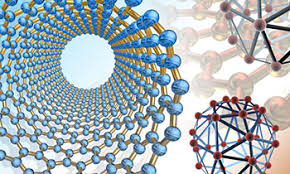Mechanical and Materials Engineering, Department of
ORCID IDs
0000-0001-5973-3282
Document Type
Article
Date of this Version
2018
Citation
Fluids 2018, 3, 33
Abstract
Estimation of force generated by dolphins has long been debated. The problem was that indirect estimates of force production for dolphins resulted in low values that could not be validated. Bubble digital particle image velocimetry (DPIV) measured hydrodynamic force production for swimming dolphins and demonstrated high force production. To validate the bubble DPIV and reconcile force production measurements, two bottlenose dolphins (Tursiops truncatus) performing tail stands were measured with bubble DPIV. Microbubbles were generated from a finely porous hose and compressed air source. Displacement of the bubbles by the propulsive motions of the dolphin was tracked with a high-speed video camera. Oscillations of the dolphin flukes generated strong vortices and a downward directed jet flow into the wake. Application of the Kutta–Joukowski theorem measuring vortex circulations yielded forces up to 997.3 N. Another video camera recorded body height above the water surface to determine the mass-force of the dolphin above the water surface. For the dolphin to hold its position above the water surface, the mass-force approximately balanced the vertical hydrodynamic force from the flukes. The results demonstrated the fluke motions generate high sustained forces roughly equal to the dolphin’s weight out of the water. Bubble DPIV validated high forces measured previously for thrust generated in swimming by animals and demonstrated a more accurate technique compared to standard aerodynamic analysis.
Included in
Mechanics of Materials Commons, Nanoscience and Nanotechnology Commons, Other Engineering Science and Materials Commons, Other Mechanical Engineering Commons



Comments
© 2018 by the authors.
Open access
doi:10.3390/fluids3020033